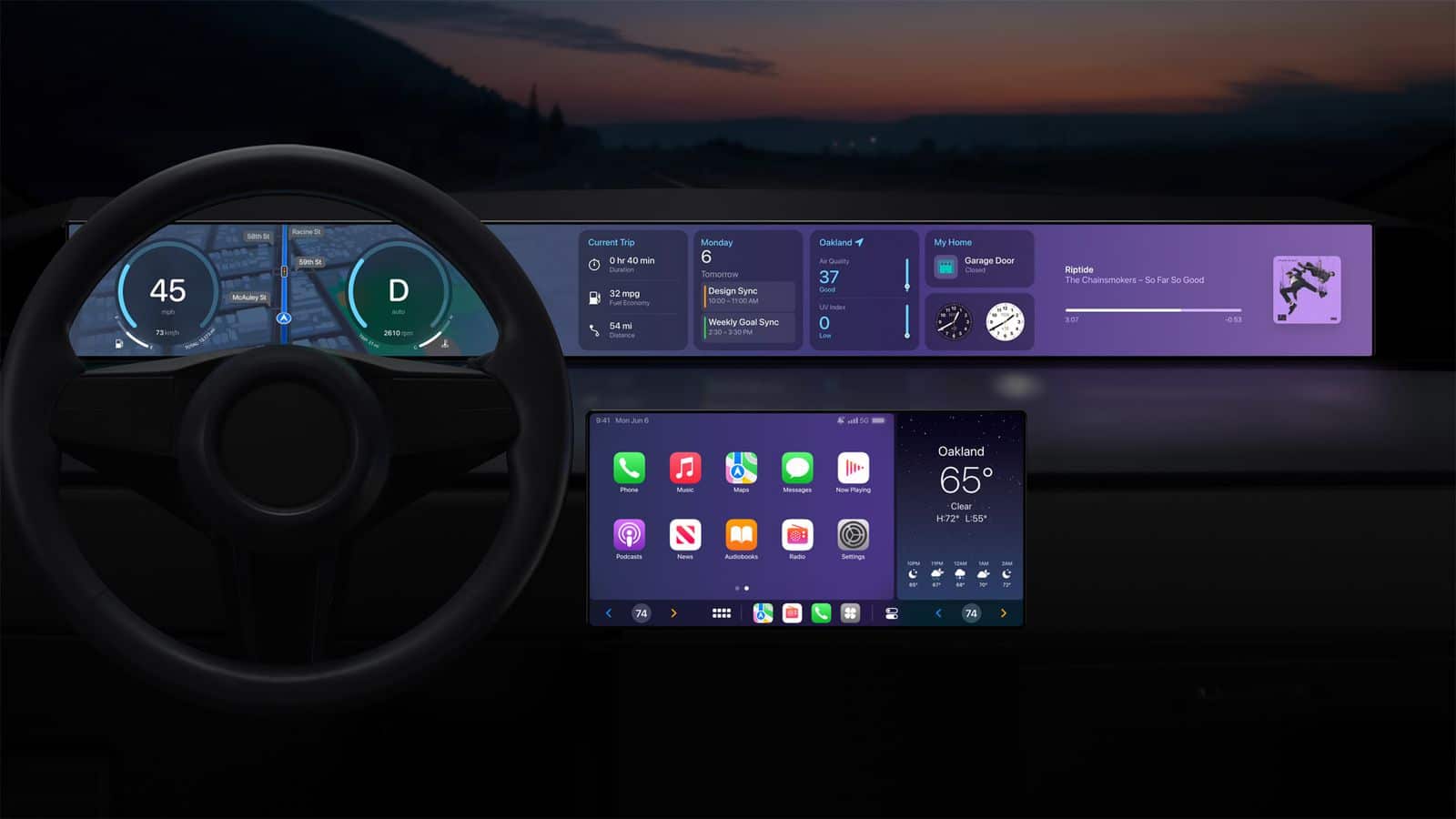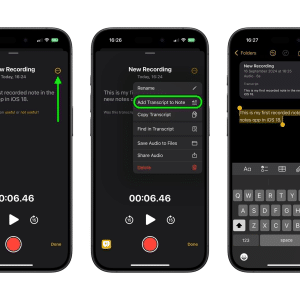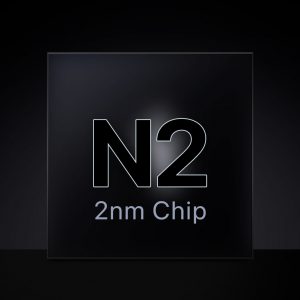Project Titan, Apple’s decade-long exploration into the automotive industry, has been a topic of much speculation and anticipation. Initiated with the vision of competing against industry giants like Tesla, Apple sought to carve out a niche for itself in the burgeoning electric vehicle market.
The project’s inception coincided with the completion of the Apple Watch, marking Apple’s continued expansion into new product categories.
Silicon Valley, with its eye on the future of transportation, saw several companies, including Google, venturing into electric vehicles, prompting Apple to pursue its ambitions of creating a self-driving car.
The project was not short on ambition or resources, with Apple reportedly investing $10 billion into Project Titan.
Despite the substantial investment and efforts to innovate in autonomous driving technology, the project faced significant hurdles.
The complexity of developing a fully self-driving vehicle, capable of navigating the unpredictable nature of human-driven traffic, proved to be a daunting challenge. This challenge was further compounded by the technological limitations of current AI algorithms, which struggled to adequately predict and respond to human behavior on the road.
The pursuit of autonomous driving was ambitious, with Apple initially aiming for Level 4 autonomy, a state where a vehicle can operate without human intervention under certain conditions.

However, the company later scaled back its ambitions to Level 2 autonomy, a more common standard where the vehicle can control certain functions but requires the driver’s attention at all times.
This recalibration of goals reflected the technical and regulatory challenges inherent in developing self-driving technology.
Despite these efforts, the decision to halt Project Titan was not solely based on technical challenges. Financial considerations played a crucial role, with Apple recognizing the difficulty of achieving its desired profit margins in the competitive and evolving electric vehicle market.
The industry’s trend towards lower-priced models and the intense competition meant that Apple’s entry into the market would not align with its financial expectations.
The conclusion of Project Titan is not seen as a complete loss within Apple. The knowledge and advancements made in autonomous systems and vehicle AI are seen as valuable assets that can be applied to other areas of the company’s operations, particularly its burgeoning interest in artificial intelligence.
This pivot aligns with Apple’s strategy of leveraging its technological capabilities across different segments of its business.
While some employees involved in Project Titan may face layoffs, others are being offered opportunities to transition to AI projects or other roles within the company.
This reassignment reflects Apple’s commitment to retaining talent and redirecting resources towards areas with the potential for growth and innovation.
Although the dream of an Apple Car has been put on hold, the groundwork laid by Project Titan provides a foundation that could be revisited in the future.
The technologies developed, and the lessons learned, offer a blueprint for potential ventures into the automotive sector, should Apple decide to re-enter the market.
In the meantime, the company’s focus on artificial intelligence and other technological frontiers continues to underscore its dedication to innovation and its vision for the future.















